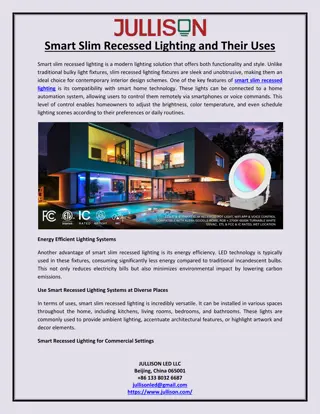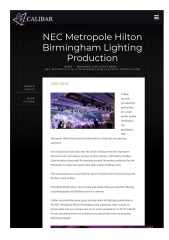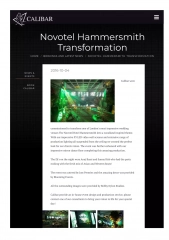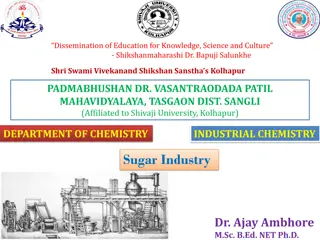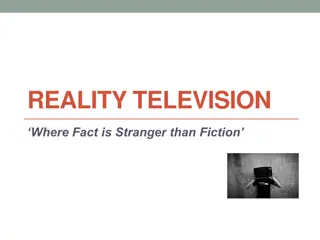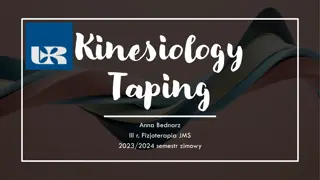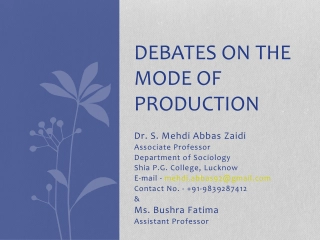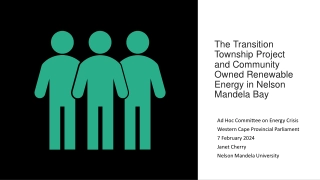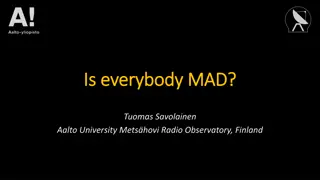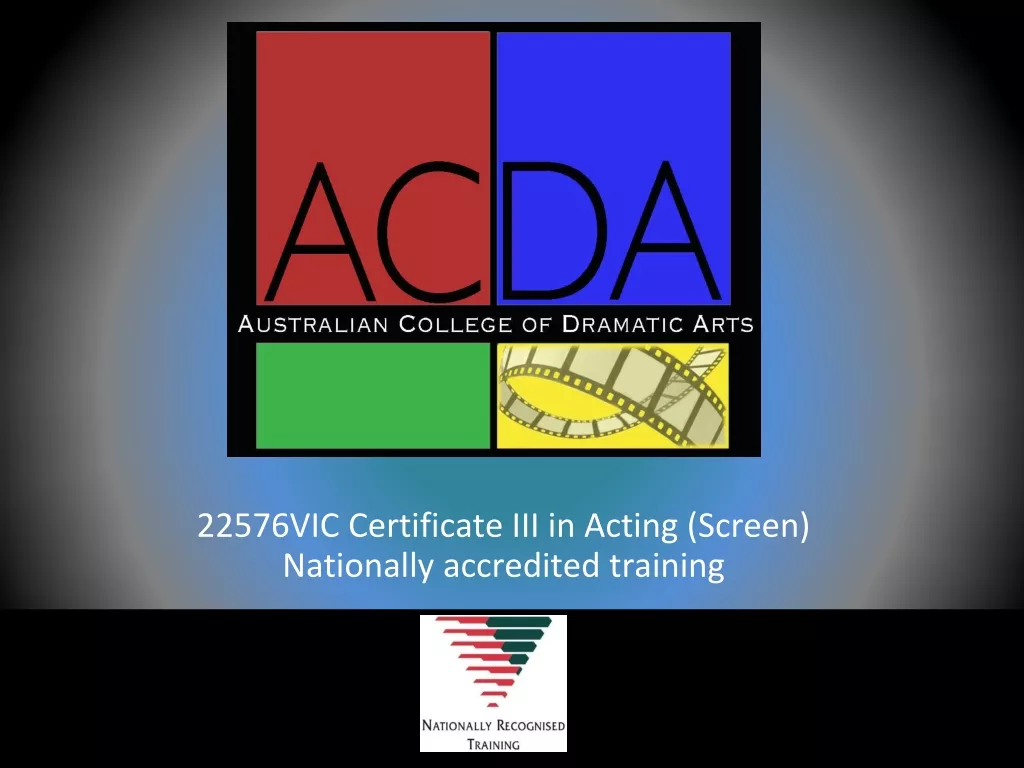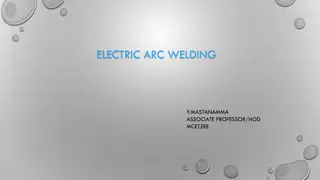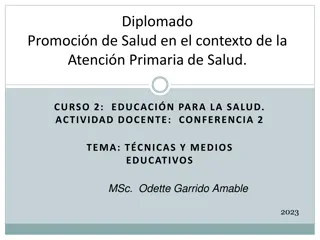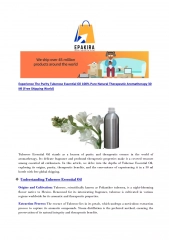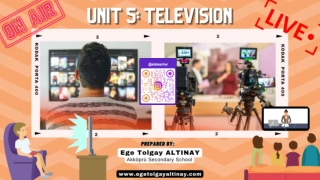Essential Lighting Techniques in Television Production
Lighting is a vital aspect of television production, setting the mood and enhancing the overall broadcast quality. Key lighting illuminates the subject, fill lighting reduces shadows, backlighting adds depth, side lighting creates drama, rim lighting highlights the subject, and mood lighting sets the atmosphere. Each technique serves a specific purpose in creating visually appealing scenes for television production.
Essential Lighting Techniques in Television Production
PowerPoint presentation about 'Essential Lighting Techniques in Television Production'. This presentation describes the topic on Lighting is a vital aspect of television production, setting the mood and enhancing the overall broadcast quality. Key lighting illuminates the subject, fill lighting reduces shadows, backlighting adds depth, side lighting creates drama, rim lighting highlights the subject, and mood lighting sets the atmosphere. Each technique serves a specific purpose in creating visually appealing scenes for television production.. Download this presentation absolutely free.
Presentation Transcript
Lighting Techniques in Television Production By Mr. Sameer Mbaraka
Lighting is an essential component in television production, as it helps to set the mood and enhance the overall look and feel of the broadcast. There are several lighting techniques used in television production, each serving a specific purpose.
Key Lighting - Key lighting is the main source of light in a scene and it is used to illuminate the subject or performer. It provides the primary source of illumination and sets the tone for the scene.
Fill Lighting - Fill lighting is used to reduce shadows created by the key lighting and to balance the overall lighting in the scene. It helps to even out the contrast and create a more natural-looking image.
Backlighting - Backlighting is used to separate the subject from the background and create depth in the image. It highlights the outline of the subject and adds dimension to the scene.
Side Lighting - Side lighting is used to create a sense of depth and add drama to the scene. It is used to create contrast and add texture to the subject.
Rim Lighting - Rim lighting is used to create a halo-like effect around the subject and add depth to the image. It highlights the subject and adds a three-dimensional quality to the image.
Mood Lighting - Mood lighting is used to create a specific atmosphere or mood in the scene. It can be used to create a sense of warmth, coolness, intimacy, or drama, among other emotions.
In conclusion, lighting plays a crucial role in television production and the various lighting techniques used can greatly impact the overall look and feel of the broadcast. Proper lighting can enhance the visual appeal of the scene, create a desired mood, and improve the overall production quality.


